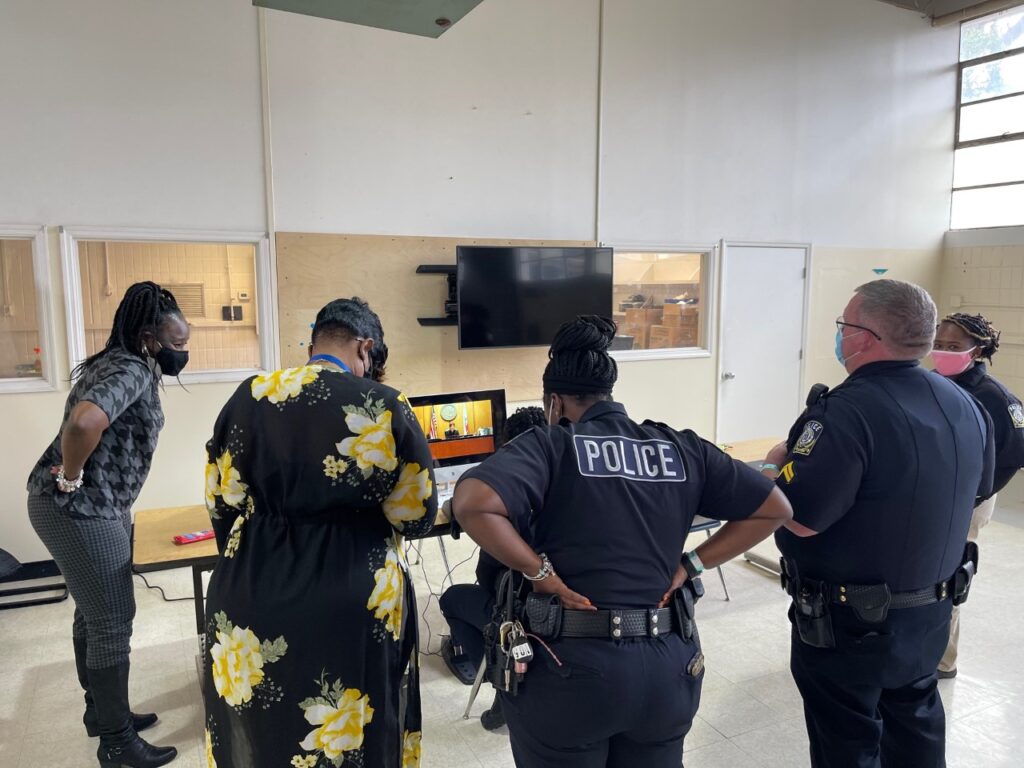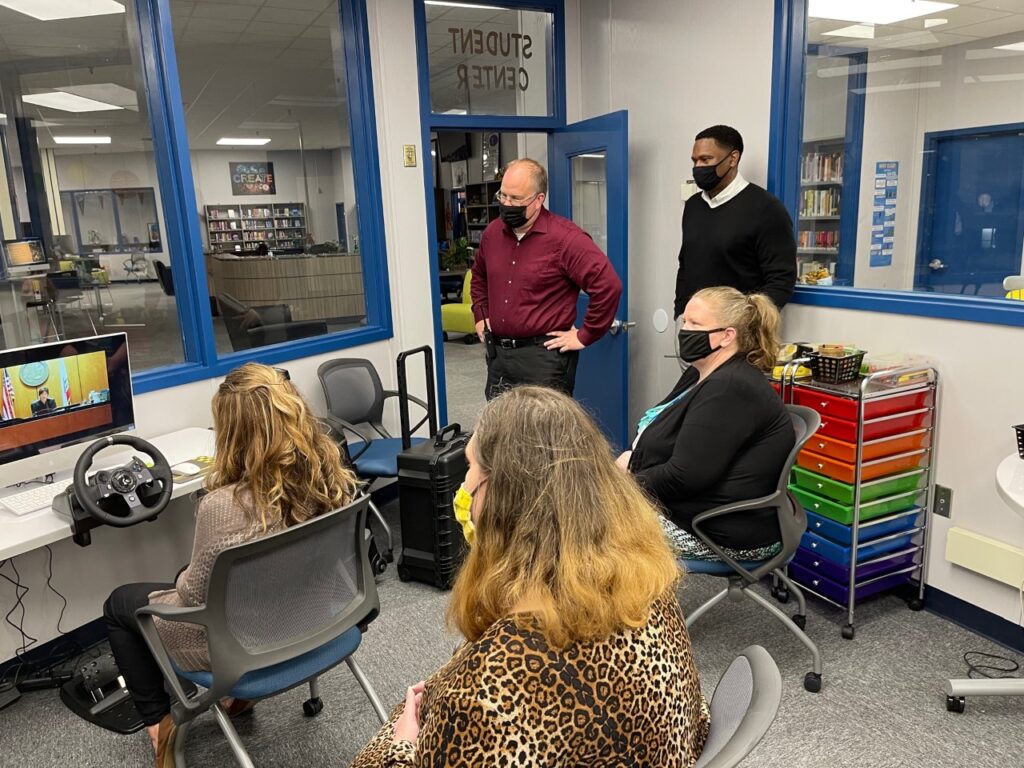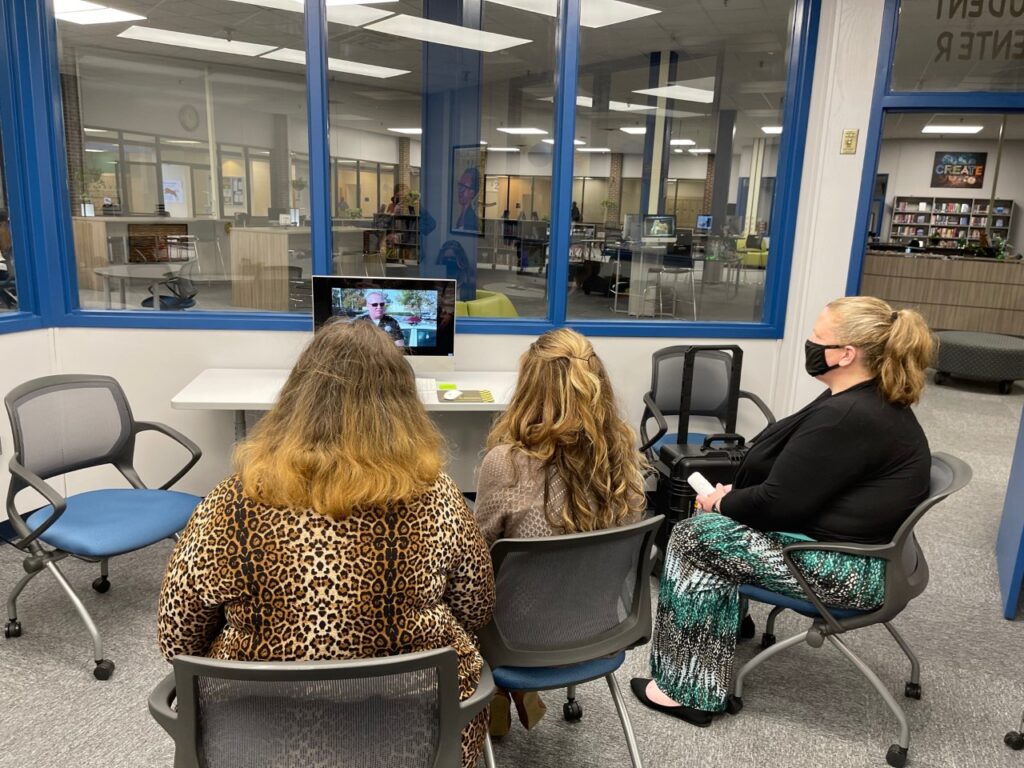Coastal Georgia Center for Driver Safety
ABOUT THE PROGRAM
The Driver Safety program will build on Savannah Technical College’s stellar driver’s education program and utilize grant funding from the Georgia Governor’s Office of Highway Safety in order to create two core additional services: distracted driver education, and alcohol-impaired driving prevention. 
These services will integrate both college’s community offerings and strategic community partnerships to provide greater access, and sustainability, and improve safety for decades to come.
This grant will serve youth, young adults, and parents in Bryan, Chatham, Effingham, and Liberty counties. The program will work with individual high schools to provide programming that’s appropriate for the school’s calendar of activities and campus life.
During the 2021 grant year, the college will focus its efforts on 10th graders since they are adjusted to high school life and are more likely to be driving or obtaining a driver’s license than 9th graders. It will address the specific problems of distracted driving – particularly cell phone use and alcohol consumption while driving. Local data indicates an alarming negative trend in fatalities associated with these negative behaviors.

Texting and Driving Safety
What is Distracted Driving?
Automobiles crash for many different reasons: weather conditions, unfamiliar roads, excessive speed, inexperienced drivers, and distractions. Of these, it seems that the last two are the easiest to control but consistently cause many fatalities.
Distracted driving is particularly hazardous because taking one’s eyes and mind off the task of driving for a matter of seconds is like driving blindfolded, which can cause a speeding car to travel – essentially driverless – more than 300 feet in just seconds.
Quick Stats
|
Texting while driving is six times |
4,637 people died in car crashes in 2018 due to cell phone use |
Distracted driving costs society $40 billion a year |
|
Texting and Driving Statistics and Facts
Of the approximately 37,000 Americans who die in traffic accidents each year, almost 9 percent, or close to 3,700, are the result of distracted driving. This category of hazardous driving includes any activity that takes a driver’s mind off the road. Distracted driving is defined as operating a motor vehicle while:
|
Not paying attention to the road and other vehicles |
Talking to passengers |
Changing radio stations |
Dealing with passengers |
|
Putting on makeup |
Dialing in GPS |
Eating or drinking |
Texting |
When combined with another complicating factor, distracted driving can turn deadly very quickly. These other factors include:
|
Youth or inexperience (of the driver) |
Rain |
Other weather, such as snow or high winds |
Unfamiliar roads |
|
Construction on the road |
Driving under the influence of alcohol or drugs |
Tailgating |
Driving while tired |
Don’t Text and Drive: Here’s Why
The National Safety Council estimates that cell phones were the distraction in 26 percent of accidents it studied in 2014, and most of those involved simply talking on the phone, not texting, which was pinned as the cause in just five percent of accidents. Those most likely to be involved in a fatal accident as a result of cell phone use while driving are in their 20s. This group represents 24 percent of drivers in fatal accidents but 35 percent of distracted driving accidents that involve cell phone use. Younger drivers ages 15-19 made up 13 percent of drivers distracted by cell phones who were involved in accidents.
Further evidence of distracted driving is the rising number of non-occupant or pedestrian and cyclist fatalities. Nearly 7,000 non-motorists were killed by drivers in 2017, including about 6,000 pedestrians and almost 800 cyclists. Millions more suffer non-fatal but debilitating injuries from auto accidents that cost billions of dollars in lost income and productivity.
One Simple Decision® Safe Driving Simulator
Coastal Georgia Center for Driver Safety will use VR Simulators from One Simple Decision® to educate teen drivers on the dangers of distracted and impaired driving during the grant year. The simulators are state-of-the-art technology that allows students to virtually experience the dangers and consequences of distracted and impaired driving through interactions with real law officers, judges, ER personnel, and doctors.
This program consists of simulation drives, first-person consequence videos, interactive quizzes, and advice from experts known as the Reality Check videos. See the video below for more information on OSD® simulators.

“The SADD program highlights prevention of all destructive behaviors and attitudes that are harmful to young people, including underage drinking, substance abuse, impaired driving, violence, and suicide. SADD’s unique approach involves young people delivering education and prevention messages to their peers through school and community-wide activities and campaigns responsive to the needs of their particular locations.”
For more information on SADD: https://www.gahighwaysafety.org/sadd-georgia/
We would like to thank our sponsors and partners
Abbie Deloach Foundation, Jimmy Deloach, SCCPSS, Effingham, Bryan, and Liberty county schools, Parent University, SSU STEM, Upward Bound, Horizon, TIP Organization, Savannah Youth Council, and CCYC
For More Information Contact Us:
Atina Brantley, Director of Driver Safety
abrantley@savannahtech.edu
Tawana Parker, Community Coordinator – Bryan, Chatham, Effingham, & Liberty counties tparker@savannahtech.edu
Be sure to follow us on Facebook, LinkedIn, and Twitter to stay updated with our current events, workshops, and classes.


























